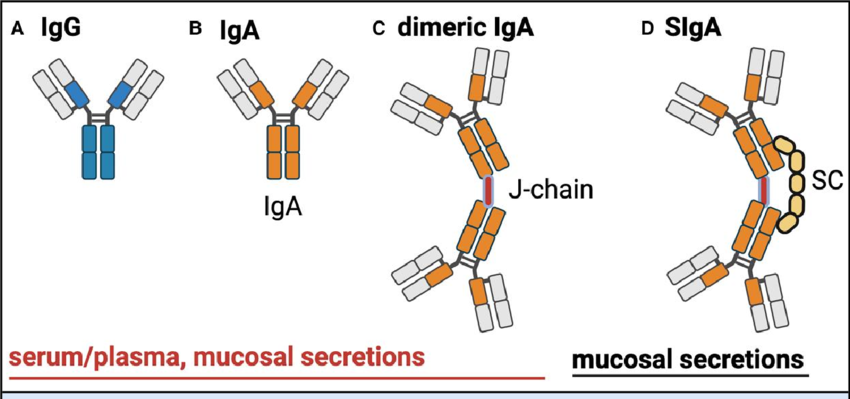Serum and immunoglobulins are critical components of the immune system, playing essential roles in immunity, disease prevention, and therapeutic interventions. Serum is the liquid fraction of blood obtained after coagulation, devoid of clotting factors but rich in proteins, electrolytes, hormones, and antibodies.
Introduction to Serum and Immunoglobulins
Immunoglobulins, also known as antibodies, are glycoproteins produced by B lymphocytes in response to antigens, forming a cornerstone of humoral immunity. These molecules neutralize pathogens, facilitate opsonization, and activate the complement system. Advances in immunology have led to the therapeutic application of immunoglobulins, including intravenous immunoglobulin (IVIG) and hyperimmune globulins, for the treatment of immunodeficiency disorders, autoimmune diseases, and infectious diseases.

Classification and Biological Functions of Immunoglobulins
Immunoglobulins are classified into five major isotypes: IgG, IgA, IgM, IgE, and IgD, each with distinct functions and distribution. IgG, the most abundant antibody in serum, provides long-term immunity through neutralization, complement activation, and antibody-dependent cellular cytotoxicity (ADCC). IgA, primarily found in mucosal secretions, plays a crucial role in mucosal immunity, preventing pathogen adherence to epithelial cells.
IgM, the first antibody produced during an immune response, forms pentameric structures that efficiently agglutinate antigens and activate the classical complement pathway. IgE is involved in allergic reactions and parasitic infections by binding to mast cells and basophils, triggering histamine release. IgD, though less understood, is primarily found on the surface of immature B cells and plays a role in B cell activation. The coordinated function of these immunoglobulin classes ensures comprehensive immune protection.
Therapeutic Applications of Immunoglobulin Therapy
Immunoglobulin therapy has revolutionized the treatment of various immune-related disorders. IVIG, derived from pooled plasma of healthy donors, is used in primary and secondary immunodeficiencies, autoimmune diseases, and inflammatory conditions. In immunodeficient patients, IVIG provides passive immunity by supplying functional antibodies, reducing infection susceptibility. In autoimmune diseases such as Guillain-Barré syndrome, myasthenia gravis, and immune thrombocytopenia, IVIG modulates immune responses by blocking Fc receptors, neutralizing autoantibodies, and altering cytokine production.

Hyperimmune globulins, enriched with high-titer antibodies against specific pathogens, are used for post-exposure prophylaxis against diseases like rabies, hepatitis B, and tetanus. The advent of monoclonal antibodies has further refined targeted immunotherapy, enabling precise intervention in oncology, rheumatology, and infectious diseases.
Challenges, Risks, and Advances in Immunoglobulin Use
Despite their efficacy, immunoglobulin therapies pose challenges, including supply limitations, high costs, and potential adverse reactions. IVIG administration can cause infusion-related reactions such as headache, fever, chills, and, in rare cases, thromboembolic events or anaphylaxis in IgA-deficient individuals. The production of immunoglobulin preparations requires rigorous donor screening and pathogen inactivation to minimize the risk of infectious disease transmission.
Advances in recombinant DNA technology and cell-based production of monoclonal antibodies offer alternative therapeutic options with enhanced specificity and reduced immunogenicity. Emerging research focuses on engineering bispecific antibodies, Fc modifications, and glycoengineering to optimize efficacy and safety in clinical applications.
Summary
Serum and immunoglobulins play indispensable roles in immunity, with broad applications in diagnostics, prophylaxis, and therapy. The diverse functions of immunoglobulin isotypes enable robust immune defense, while therapeutic immunoglobulin preparations provide life-saving interventions for immunodeficient and autoimmune patients.
Despite challenges related to supply and adverse effects, ongoing advancements in antibody engineering and recombinant technologies continue to expand the potential of immunoglobulin-based therapies. Future innovations will further enhance the precision and accessibility of immunoglobulin treatments, improving patient outcomes in a wide range of medical conditions.
